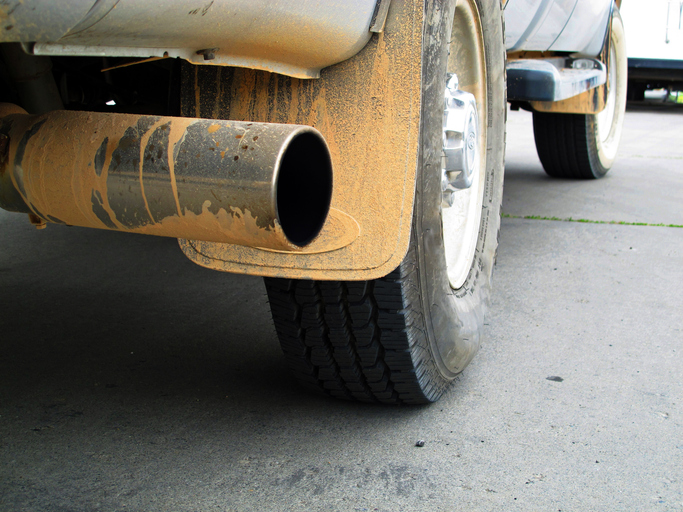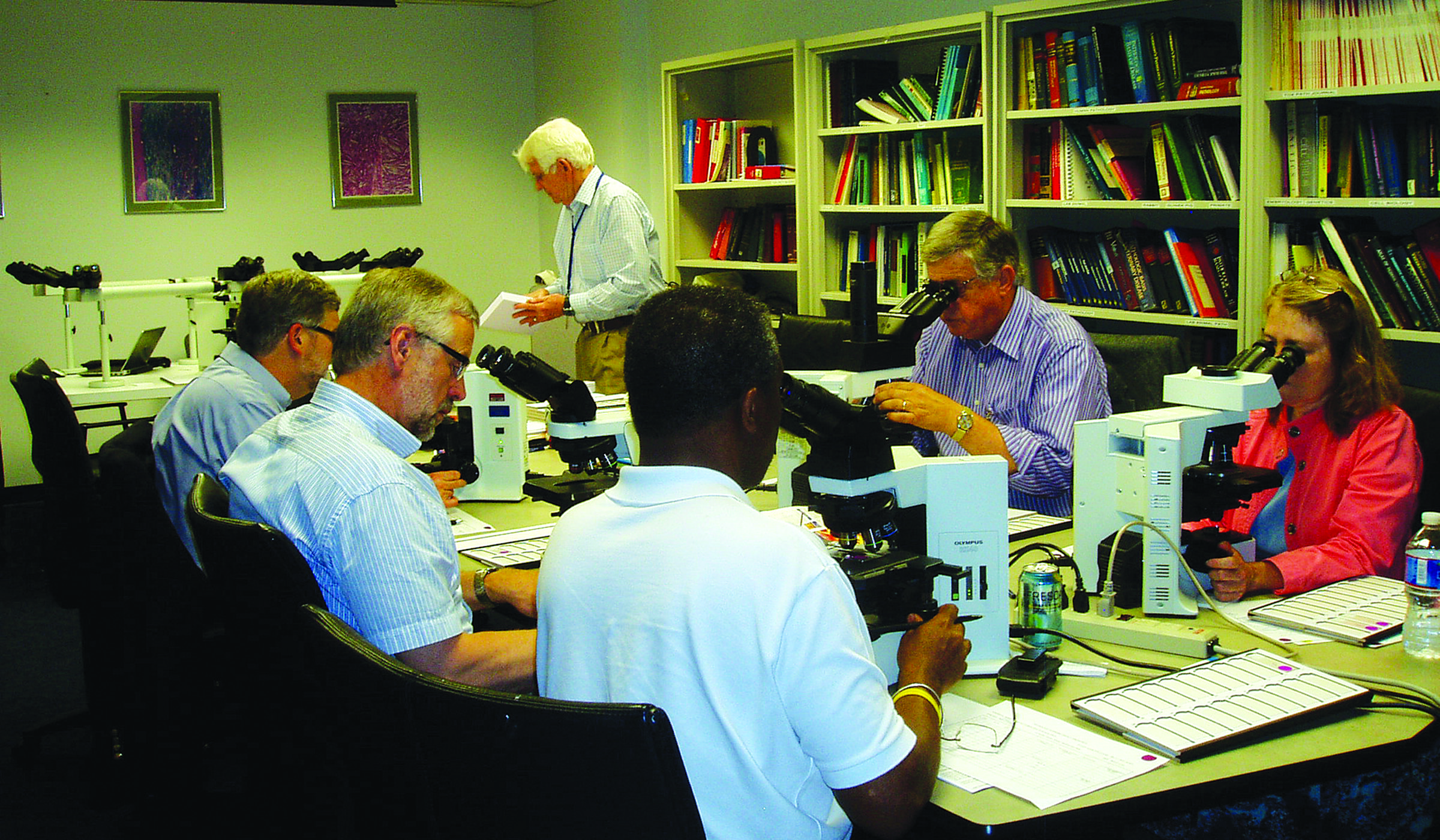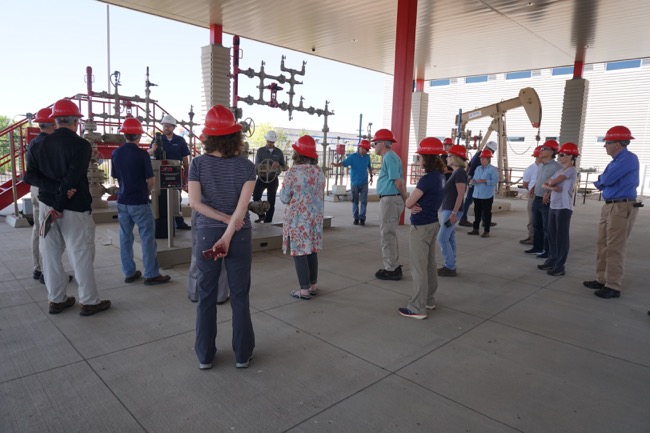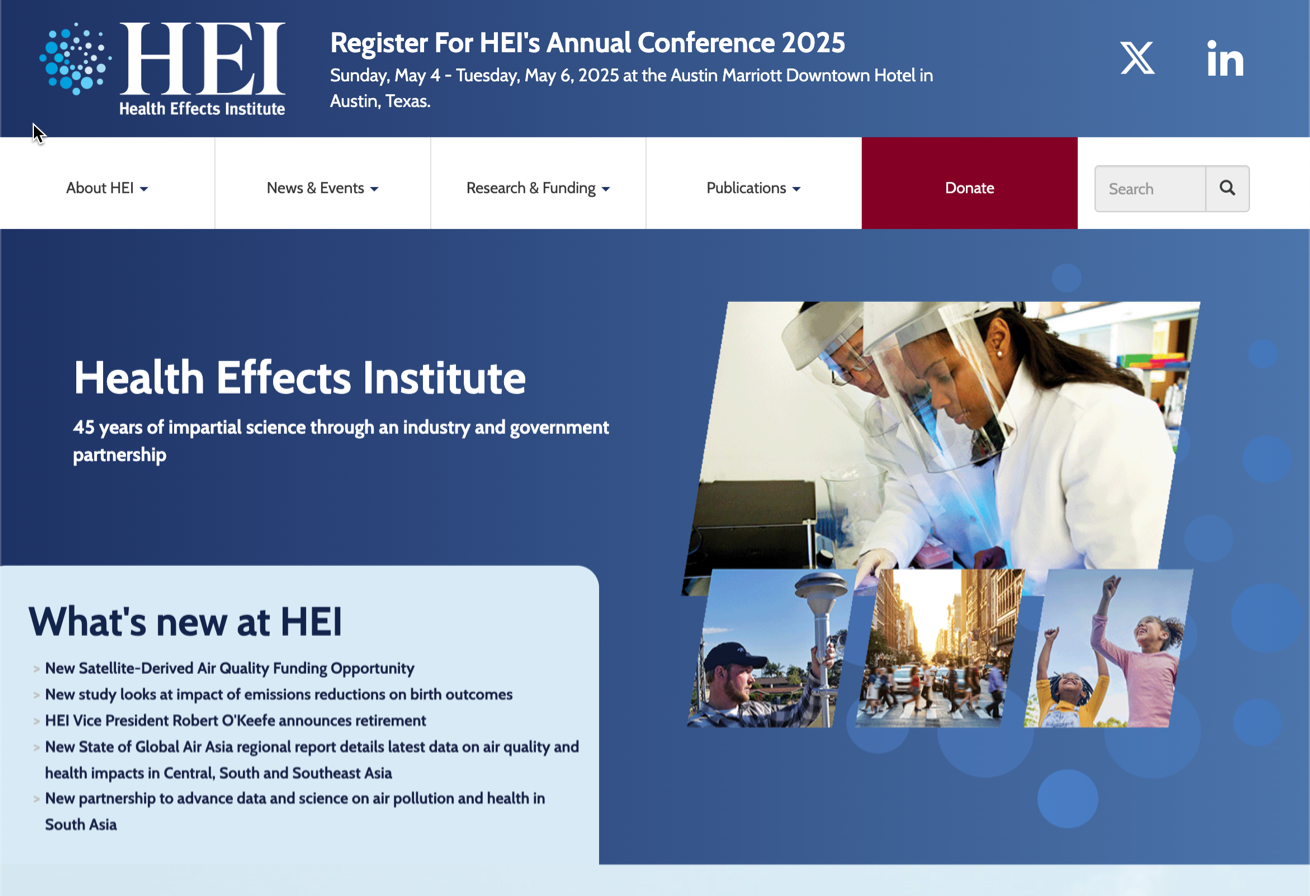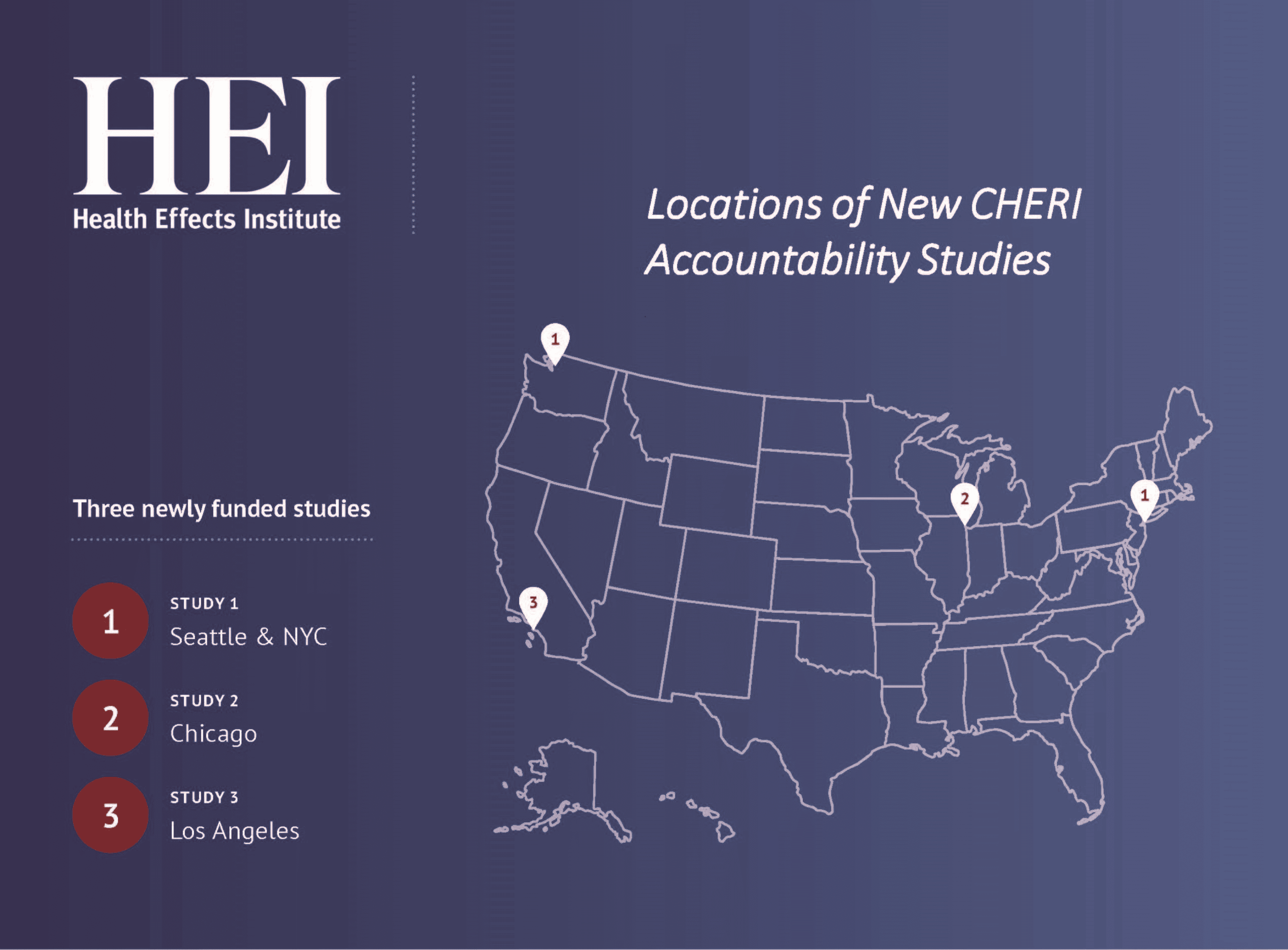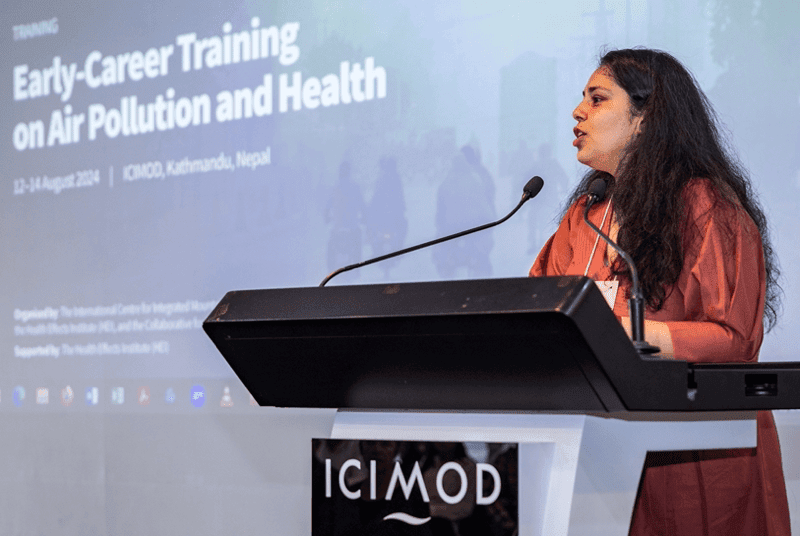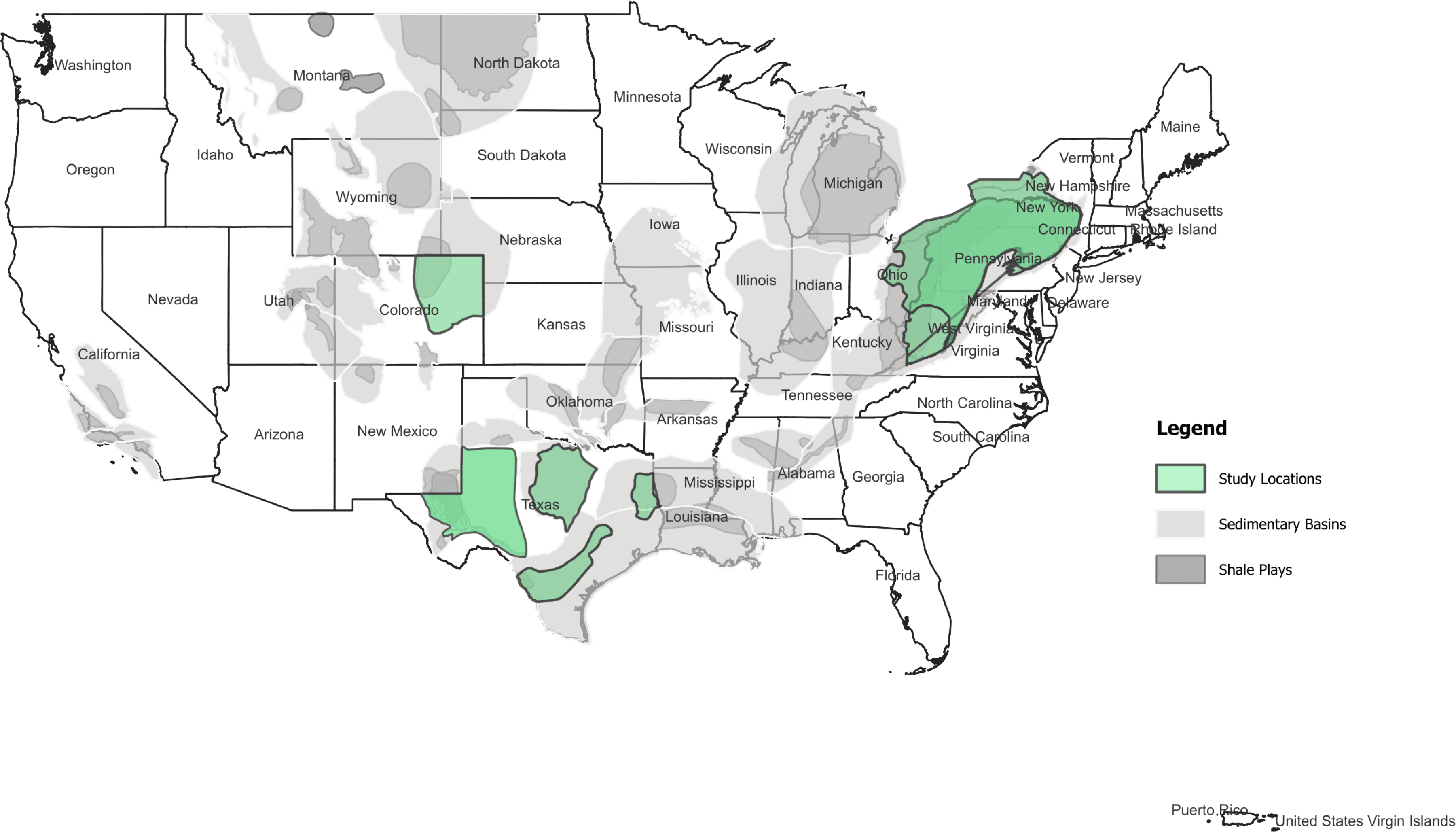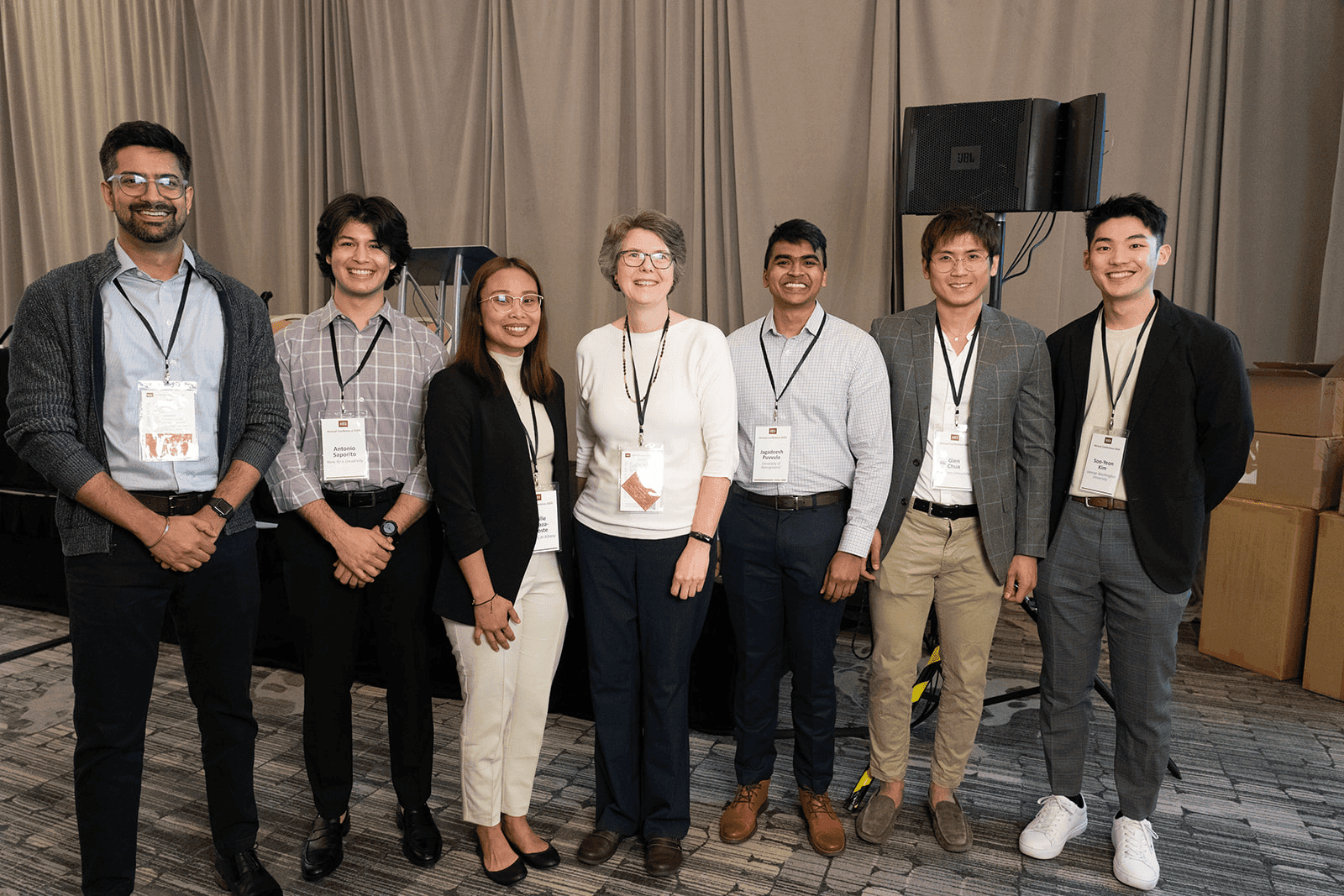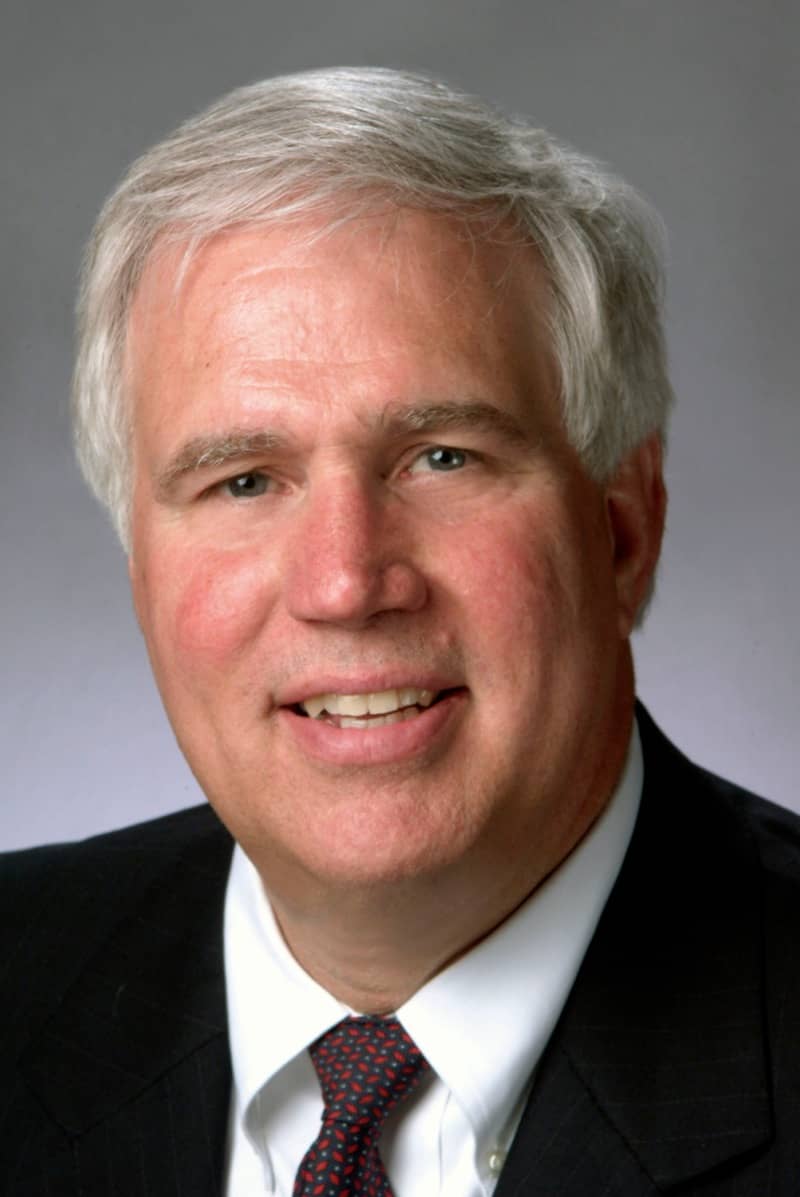We celebrated exciting milestones across all our research programs in 2024, from the release of major reports to the launch of innovative initiatives. Reflecting on these highlights underscores the value of our collective efforts and draws into sharper focus the importance of the work ahead.
Environment & Health
Our research programs have long contributed significantly to the evidence base policymakers use to guide air quality standards and other decisions to improve public health. In 2024, HEI studies and reviews continued to play this important role. New standards set in the United States and Europe align with evidence generated through HEI research suggesting that low-level exposures to certain pollutants can have long-term adverse health consequences.
Progress to Inform New Standards
In February 2024, the US EPA announced a decision to lower the National Ambient Air Quality Standards (NAAQS) for fine particulate matter air pollution (PM2.5) from 12 μg/m3 (micrograms per cubic meter) to 9 μg/m3, the first change in PM2.5 NAAQS limits since 2012. In October, the European Union (EU) announced the first revisions to the Ambient Air Quality Directive since 2008. The new standards call for EU countries to achieve annual limit values of 10 μg/m3 for PM2.5 and 20 μg/m3 for nitrogen dioxide by 2030 and to implement air pollution monitoring and measuring provisions.
HEI-funded studies on low-level pollution exposures in the United States, Canada, and Europe informed these decisions by providing credible evidence that reducing air pollution below previous standards could yield further health benefits. A new funding opportunity on exposure to low concentrations of particulate matter will support further efforts to inform air quality standards.
Transformed Transport, Evolving Impacts
Recent years have seen rapid changes in transportation as new forms and patterns of mobility emerge. Even so, traffic-related air pollution (TRAP) still contributes substantially to adverse health in most cities. For example, almost half the trucks and buses on US roads were made before 2010, when EPA strengthened requirements for emissions-reduction technologies for new heavy-duty diesel vehicles.
To better understand what this means for exposure, in 2024 HEI launched a study of a Chicago neighborhood where diesel emission concentrations are elevated. Guided by representatives from the diesel fleet industry and communities, Daniel Horton of Northwestern University and colleagues will compare air pollution and health effects from the current (older) diesel fleet with what would occur if these emissions were reduced to match those of newer vehicles.
Answering a Need for Knowledge
New technologies and fuels have the potential to bring substantive changes, beneficial or adverse, in population exposure to environmental pollutants. A new HEI Committee on Emerging Technologies will help guide the implementation of HEI’s strategic research plan for 2025–2030 by indicating which technologies and fuels would be worthwhile for further scientific assessment in the foreseeable future. Members, bringing diverse expertise, will represent government agencies, industry, and NGOs.
Community Health and Environmental Research Initiatives
Working under HEI’s Environment & Health program, our new Community Health and Environmental Research Initiatives (CHERI) began three studies in 2024 to explore the extent to which vehicle emission control policies and interventions improve air quality, exposures, and health effects for communities facing greater impacts of air pollution exposure:
- Anne Goodchild, University of Washington, will examine zoning policies for minimizing air pollution from commercial vehicle fleets and distribution centers serving residential delivery in Seattle and New York City.
- Jiachen Zhang, University of Southern California, will assess effects of policies on air quality and differences in exposure among population groups.
- Daniel Horton, Northwestern University, will study the implications of transport-focused air pollution remediation policies in Chicago.
Global Initiatives
Our Global Initiatives team continued to broaden our international reach and strengthen efforts in low- and middle-income countries.
New Insights on the State of Global Air
HEI’s State of Global Air Report 2024, released in June, offers the latest comprehensive analysis of data for air quality and health impacts around the world. According to the analysis, air pollution now ranks as the second leading risk factor for death overall, accounting for 8.1 million deaths globally in 2021, including 700,000 deaths in children under 5 years old.
For the first time, the 2024 report includes exposure concentrations and health effects of nitrogen dioxide, a pollutant commonly found in traffic exhaust.
Bolstering Technical Capacity
The HEI Global Initiatives team partnered with the International Centre for Integrated Mountain Development (ICIMOD) in Kathmandu, Nepal, to organize a week of activities to strengthen capacity for research on air pollution and health in South Asia. Held in August at ICIMOD, the activities began with a training program for early career scientists. A regional workshop followed where representatives from government agencies in Bangladesh, Bhutan, India, and Nepal, along with researchers and key partners, addressed the intersectional challenges of differences in air pollution concentrations across South Asia.
The team also supported AirQo, World Resources Institute, and others to organize the weeklong CLEAN-Air Forum in Lagos, Nigeria, in July 2024. Researchers and decision makers from across Africa and beyond exchanged knowledge and ideas and strengthened collaborative partnerships.
HEI Energy
HEI Energy, our program on human exposures and health effects associated with energy production, had an initial focus on community exposures to unconventional oil and natural gas development (UOGD). Now, with some of its first research investments yielding results, the program is launching new studies.
Tracking Trends and Exploring Connections
The TRACER Collaboration, part of HEI Energy’s first round of funded projects, has recently released a series of reports, briefings, and other research. The initiative, which focused on measuring and modeling community exposure to air emissions and noise associated with UOGD in four US regions, has garnered strong interest and engagement among companies and industry groups, government agencies, nongovernmental groups, legislators, and the EPA.
The first two reports from three studies focusing on UOGD and groundwater quality are currently under review; they present the studies led by Jennifer Baka of Pennsylvania State University and Joseph Ryan of the University of Colorado Boulder.
To build on this initial progress, HEI Energy funded and initiated four new studies in 2024. Three studies, led by Bok Haeng Baek of George Mason University, Jeremy Gernand of Pennsylvania State University, and Gunnar Schade of Texas A&M University, will assess air quality trends in major US oil- and natural-gas–producing regions, including the Marcellus region and locations across Colorado and Texas. James Saiers of Yale University will develop a regional model to understand the potential effect of oil and gas spills on groundwater quality.
Assessing Exposures in Context
The health of people living in any community can be affected by an array of environmental, social, and economic factors. HEI has launched an effort to understand the cumulative health effects of all these factors. To support the effort, HEI Energy appointed a special panel to oversee the project, hosted a three-webinar educational series, prepared a research brief, and began designing a cumulative exposure assessment. The resulting design will serve as a template for use in a variety of decision contexts and, more broadly, help advance the practice of cumulative exposure assessment.
Impacts Beyond the Oilfield
What if wastewater produced during UOGD activities were used outside the oilfield for purposes like recharging aquifers, or for expanding existing uses, such as irrigating crops and treating roadways? As more communities consider repurposing this “produced water” in the face of diminishing water supplies, they are seeking expertise. HEI Energy hosted a research planning workshop in August 2024 that convened representatives from industry, academia, government, and nongovernmental organizations to share their perspectives and priorities on key questions and research needs.
